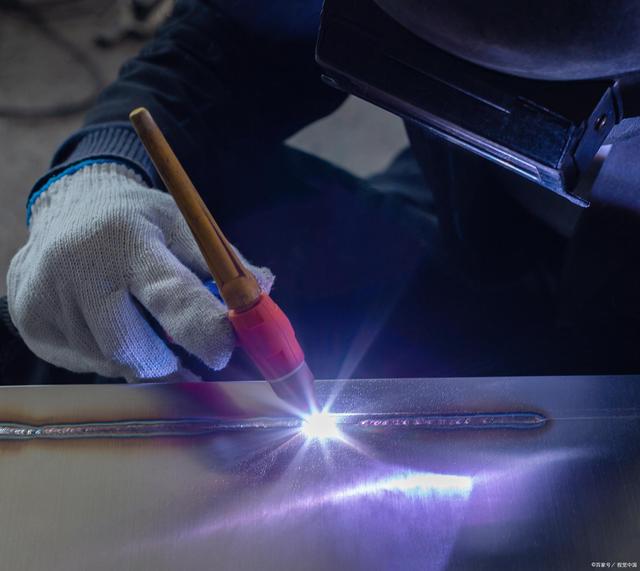Welding is a crucial fabrication process used in various industries, including shipbuilding, construction, automotive, and aerospace. Welding can join different types of materials and create strong and durable bonds. There are several welding techniques to choose from, and each of them has its own advantages and disadvantages. In this article, we will discuss three of the most commonly used welding techniques: MIG welding, TIG welding, and shielded metal arc welding (SMAW).
MIG Welding
MIG welding, also known as gas metal arc welding, is a process that uses a continuous wire electrode and a shielding gas to join two metals. MIG welding is a fast process that can join thick metals with ease. Unlike other welding techniques, MIG welding produces a clean weld that requires minimal cleanup after the welding is complete. MIG welding is versatile and can be used on a wide range of materials, including aluminum, copper, nickel alloys, and stainless steel.
However, MIG welding has some disadvantages. It is not suitable for outdoor welding as the shielding gas can be affected by wind and other environmental factors. Moreover, MIG welding requires a constant voltage power supply, which can be costly.
TIG Welding
TIG welding, also known as gas tungsten arc welding, is a process that uses a non-consumable tungsten electrode and a shielding gas to join two metals. TIG welding produces high-quality welds that are visually appealing. TIG welding is precise and can be used to join different types of metals, including stainless steel, aluminum, and magnesium. It can be used to weld thin metals as well.
However, TIG welding is a slow process that requires a high level of skill and expertise. It is also a costly technique as it requires specialized equipment and a constant supply of helium or argon gas. TIG welding can be challenging to learn and requires a lot of practice.
Shielded Metal Arc Welding
Shielded metal arc welding, also known as stick welding, is a process that uses a consumable electrode and a flux-coated filler metal to join two metals. SMAW is a versatile technique that can be used to join a wide range of metals, including cast iron, steel, and stainless steel. SMAW is an inexpensive technique as it requires minimal equipment and can be used in outdoor environments. SMAW is suitable for welding thick metals.
However, SMAW produces a lot of smoke, slag, and spatter, which can make cleanup difficult. Moreover, SMAW is a slow process and can be challenging to use in tight spaces.
Conclusion
MIG welding, TIG welding, and shielded metal arc welding are all effective welding techniques that have their own unique advantages and disadvantages. Choosing the right technique depends on the nature of the job, the type of material, and the required results. By understanding the pros and cons of each technique, welders can make informed decisions and achieve the desired results efficiently and effectively.
In summary, MIG welding is a fast and versatile technique that can join thick metals with ease. TIG welding is precise and produces high-quality welds, but it is a slow and costly technique that requires a high level of skill and expertise. SMAW is an inexpensive and versatile technique that can join a wide range of metals, but it produces a lot of smoke and slag and can be challenging to use in tight spaces.


